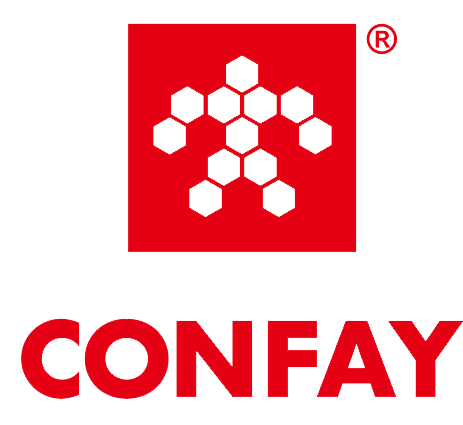Why is the Initial Adhesion of the PUR Edge Banding Important?
In the world of woodworking and furniture manufacturing, the edge banding process plays a significant role in ensuring both aesthetic appeal and durability. Among the various types of edge banding materials, polyurethane (PUR) edge banding glue has gained popularity due to its superior adhesion properties. Understanding the importance of initial adhesion of PUR edge banding can help manufacturers and craftsmen achieve better results. Here’s why it matters.
1. Enhanced Durability
The primary reason the initial adhesion of PUR edge banding is crucial is durability. A strong bond ensures that the edge banding remains intact over time, preventing peeling or separation. This is particularly important in high-use furniture pieces, such as tables and cabinets, where wear and tear are common. A well-adhered edge band provides a longer lifespan for the product, reducing the need for repairs or replacements.
2. Aesthetic Quality
Initial adhesion directly impacts the visual appeal of the finished product. When edge banding is properly adhered, it creates a seamless look that enhances the overall design. Gaps, lifting edges, or uneven surfaces can detract from the beauty of furniture, leading to customer dissatisfaction. Ensuring strong initial adhesion helps maintain a clean and professional appearance, which is critical in competitive markets.
3. Moisture Resistance
One of the standout features of PUR edge banding is its moisture-resistant properties. Effective initial adhesion forms a barrier that protects the underlying material from moisture damage. In environments with high humidity, such as kitchens and bathrooms, this is especially vital. Without proper adhesion, moisture can seep into the substrate, causing swelling, warping, or mold growth. This protective aspect of PUR edge banding ensures longevity and maintains the integrity of the furniture.
4. Mechanical Stability
Initial adhesion contributes significantly to the mechanical stability of edge banding. A strong bond allows the edge band to withstand mechanical stresses and impacts that occur during daily use. Whether it’s the pressure from opening and closing cabinet doors or the impact of objects being placed on surfaces, well-adhered edge banding will maintain its position and functionality over time, ensuring safety and reliability.
5. Ease of Handling
In the manufacturing process, strong initial adhesion allows for easier handling of materials. When edge banding adheres properly, it reduces the risk of misalignment during assembly. This ease of handling can lead to increased efficiency in production, saving time and resources. Additionally, it helps prevent defects that may arise from improper application, further enhancing product quality.
Conclusion
The initial adhesion of PUR edge banding is a critical factor that impacts durability, aesthetic quality, moisture resistance, mechanical stability, and handling ease. For manufacturers and craftsmen, prioritizing strong initial adhesion not only improves the quality of their products but also enhances customer satisfaction and overall brand reputation. By understanding and leveraging the importance of initial adhesion, the woodworking industry can continue to produce high-quality, long-lasting furniture that meets the demands of modern consumers.
Please feel free to CONTACT US Confay adhesive for expert advice and support. Embrace the future of profile wrapping with innovative adhesive solutions!

